Choosing the Perfect Wood for Your Charcuterie Board: A Guide to Materials and Flavours

If you're an avid charcuterie board fan, you know that the right combination of meats, cheeses, and crackers can make for an unforgettable experience. But did you know that the type of wood you use for your board can greatly impact the taste and presentation of your spread? In this guide, we'll explore the various types of wood available for charcuterie boards and what makes each one unique.
The Most Popular Woods for Charcuterie Boards
The most popular wood types for charcuterie boards include Maple, Walnut, Cherry, and Tasmanian Blackwood. Each of these woods has its own unique flavour profile and grain pattern that can complement different types of food. Maple is a light-colored wood with a mild, slightly sweet flavour that pairs well with lighter cheeses and crackers. Walnut is a rich, dark wood with a slightly bitter flavor that complements stronger cheeses and meats. Cherry has a slightly sweet and fruity flavour that goes well with a variety of cheeses and meats. Tasmanian Blackwood, a member of the Acacia family, is a sustainable and eco-friendly option that has a neutral flavour, making it a versatile choice for any charcuterie board.
Factors to Consider When Choosing Your Wood
In addition to flavour, there are several other factors to consider when choosing the right wood for your charcuterie board. The first is the grain pattern of the wood. A tight grain pattern will give your board a smooth surface that is easy to clean, while a more open grain pattern will add texture and character to your board.
Another factor to consider is the hardness of the wood. Harder woods, like Maple, Walnut and Tasmanian Blackwood, are more durable and can handle the wear and tear of frequent use. Softer woods, like Cherry, may be more prone to scratches and dings, but have a more unique and eye-catching grain pattern.
Finally, consider the sustainability and environmental impact of the wood. Tasmanian Blackwood is a rapidly renewable resource and is considered a more eco-friendly option compared to some other hardwoods.
Bringing Out the Best in Your Charcuterie with the Right Wood
Whether you're hosting a casual get-together with friends or a fancy dinner party, a well-crafted charcuterie board is the perfect centerpiece. By considering the flavour profile, grain pattern, hardness, and sustainability of different woods, you can choose the perfect material to bring out the best in your charcuterie spread.
So next time you're in the market for a new charcuterie board, take a moment to consider the type of wood that will make your spread truly unforgettable. Whether you opt for a light and sweet maple board or a rich and earthy walnut one, the right wood can take your charcuterie game to the next level.
Interested in the charcuterie boards that CustomCraft Australia have to offer? Check out the range at https://customcraftaustralia.com/chopping-boards.html today.

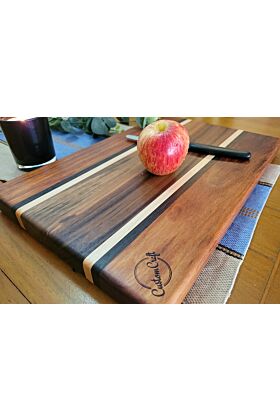
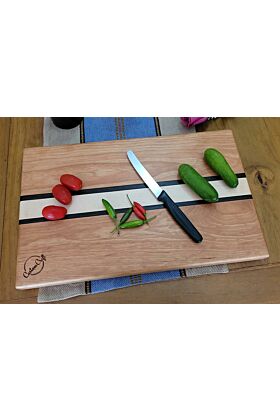

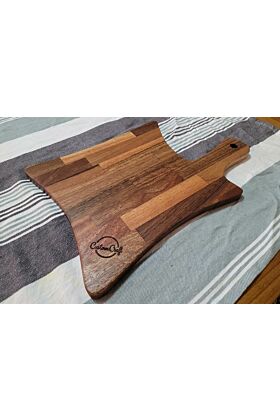
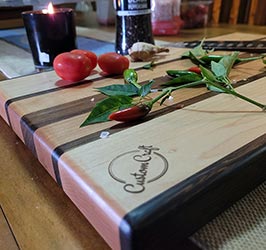

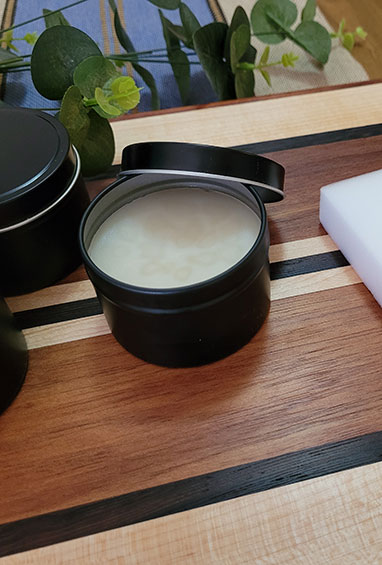

Comments